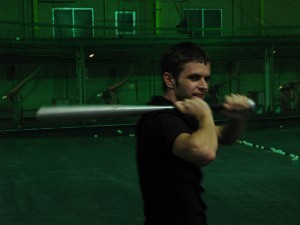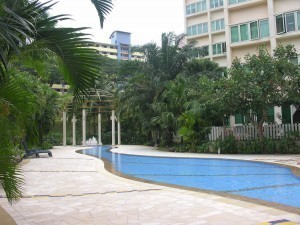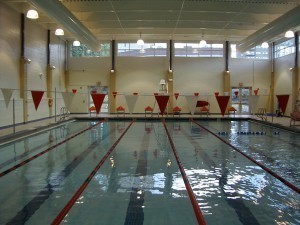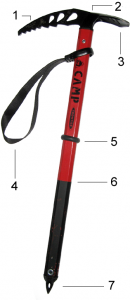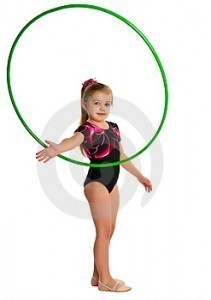Pool Table Dimensions
Among the different types of cue sports, pool or pocket billiards is easily one of the most popular. 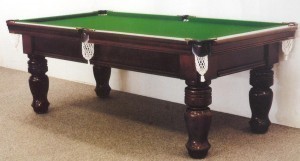 Unlike carom billiards, this one features pockets where players can shoot the different colored-balls. More importantly, this cue sport is recognized worldwide as a competitive sport.
Unlike carom billiards, this one features pockets where players can shoot the different colored-balls. More importantly, this cue sport is recognized worldwide as a competitive sport.
The game is well represented by various groups and organizations such as the U.S. Billiard Congress of America, the World Pool-Billiard Association and the World Confederation of Billiard Sports, which is part of the highly respectable International Olympic Committee. In order to differentiate it easily from the other types of cue sports, it is good to know the different pool table dimensions.
Dimensions of Pool Table
Pool table is generally classified into three different major sizes, which are the nine-foot, eight-foot and seven-foot tables. Each type of table carries different dimensions, which set apart one particular table type from the other. Nine-foot tables usually have a length of 100 inches and a width measuring 50 inches. Eight-foot tables are slightly smaller, which measure 92 inches long and 42 inches wide. Players can encounter these two official table sizes in international play, which is recognized by the World Pool-Billiard Association. Additionally, there are also seven-foot tables, which measure 76 inches long and 38 inches wide.
Compared to carom billiards, the balls in pool are smaller, the sizes of which usually range somewhere in between 2.25 inches and 2.375 inches. Modern sizes of pool tables range from 3.5 feet by 7 feet up to 4.5 feet by 9 feet. Today, the average length of cues that players use is 58.5 inches.
Additional Information and Other Highly Interesting Details
In order to catch the balls, pool tables have pockets, which are made from plastic or leather. A slate measuring at least an inch thick is used commonly to create the bed of the table. In terms of flatness, the table must not be more than 0.010 inches in width and no more than 0.020 inches in length. In some tables, synthetic materials and medium-density fiberboard are used.
To help players improve their chances that the balls will go in inside the pockets, the railings in the tables have diamonds or sights. Aside from these markings, players can also see spots that they can use for head spots. To avoid confusions, players should know the different types of pool tables since the markings might vary from one type to another.
Today, there are also other forms of tables available, the most popular of which are hexagonal, circular and zigzag. Some time in the 16th and 17th centuries, this type of playing table was called billiard board, which is an obsolete term nowadays.

